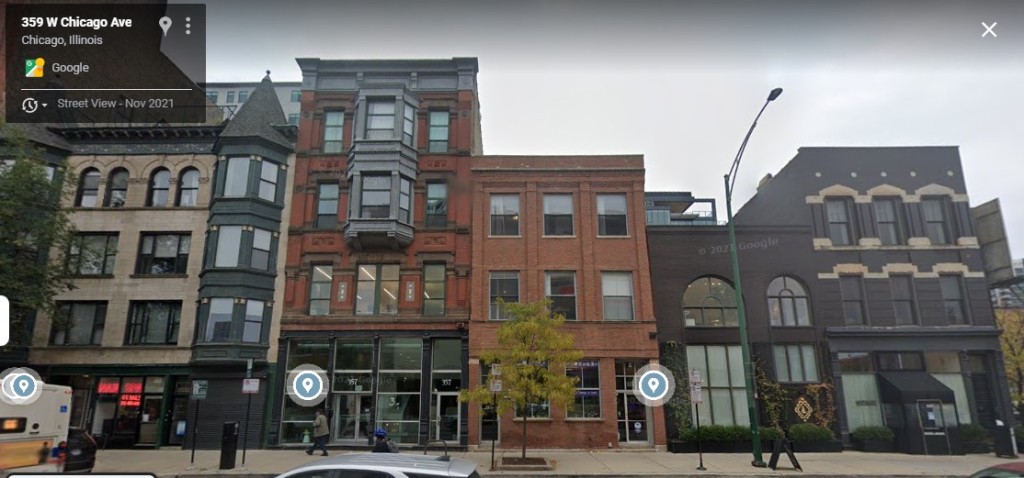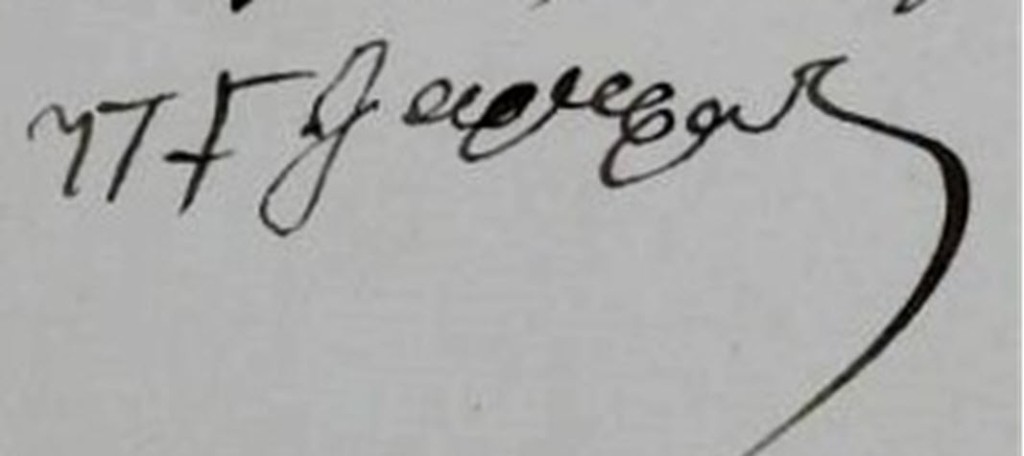published in The Faris Newsletter, Issue #32 November 2002, p. 23
At the end of the fourth decade of the 20th century, marriages were mainly arranged by matchmaking. The role of the matchmaker was undertaken by a female relative, a neighbor, or even a stranger. The matchmaker was responsible for bringing together the two families concerned, informing them about the “situation,” meaning the financial requirements. At a festival, celebration, or a relative’s house, the parents or close relatives would meet. If they agreed to the terms, the groom and the bride would go to this meeting: there they would finalize the arrangement.
Engagement usually followed shortly after. On the designated Sunday, after church, the betrothal ceremony took place. There was a feast with meat, plenty of wine, and the celebration included dancing, many jokes, and well-wishes.
Then, the wedding preparations followed. The bride and groom’s clothes had to be bought, sweets prepared, and rings purchased. The economic conditions of the time did not allow for the purchase of other jewelry as gifts for the bride. In the meantime, they took care of adding anything missing from the dowry, such as pillows, wool blankets, quilts, and embroidery or woven cloths.
When everything was ready on both the bride’s and groom’s sides, the wedding date was set. Weddings always took place on Sundays, never on Saturdays, as Sunday was dedicated to God, and the couple was not allowed to be together on Saturday night.

Photo credit: el.wikipedia, accessed May 26, 2024
The relatives, the “psiki” (the celebration procession) accompanied the bride and the groom to the church on decorated horses. However, many people stayed at home and did not attend the ceremony, to help prepare for the feast that would follow. The meat for the feast was prepared from Saturday. Usually, the wedding table included meat with potatoes in the oven or pot roasted. The meat was roasted in large pans. The pasta was boiled in tin-plated pots. Once the pasta was cooked and sprinkled with cheese, it was placed on platters from which everyone ate in turn with the same fork. The celebration included dancing and singing many songs a cappella, as the economic situation of the time did not allow for hiring musicians. They danced syrtos, tsamikos, as well as the Charleston and foxtrot. The celebration was filled with jokes and well-wishes for the couple. In the meantime, a man would serve wine from a bottle, and everyone drank from the same glass. The celebration lasted until dawn. There were also many sweets, usually kourabiedes but also koulouria, baked in the oven and decorated. The bride would throw the koulouria into the air for the unmarried women to catch. It was believed that whoever caught a koulouri would marry soon.
After the party, the newlyweds went to the groom’s house or stayed a few days at a hotel in Sparta or sometimes in Tripoli. Then they went to the in-laws’ house, where relatives gathered to verify the bride’s “honor.” They cheered and fired shots in joy.
If the bride was not a virgin, she was either sent away or additional dowry was demanded if the groom agreed.
A decade later, the improvement in economic conditions led to a differentiation, but not in the essence, of marriage customs. Once the betrothal was fixed, the dowry agreement was sometimes written at the bride’s house and paid with her money. At the engagement, the bride received not only the ring but also additional jewelry, if possible. The groom and the bride were accompanied by professional musicians, who were hired by both sides, and they remained for the celebration, as noted by the couple Vasiliki and Yiannis Poulakos from Mousga*. The groom’s procession had 98 horses. Guests no longer brought only animals to the newlyweds but also household items – glassware, plates, glasses.
The better economic situation, however, did not eliminate superstitions and preserved beautiful and interesting wedding customs of previous decades. The bride had to go to the fountain to fetch water, accompanied by a small child whose both parents were alive and who had to throw silver coins to the fountain. This custom is probably related to fertility and childbearing. The bride went to the church, having the church key and a black-handled knife at her waist to protect her from spells. When she would go to the groom’s house, she had to lie down with a small boy to have healthy children. At the entrance door, she had to eat honey given by her mother-in-law for a sweet life. Also, they poured honey on the door three times, and the couple entered the house covered with a handkerchief.
A song that was sung when the bride was about to be get married:
“Come away, bride, come away from your parents’
Where are you going, little bride, to your in-laws
Stand like a cypress, root like a tree
Bloom like an apple tree, bear fruit,
Make nine sons and one daughter.”
Testimonies:
Eugenia Konidi, 87 years old. She finished elementary school and 2 classes of Greek school. She married on 22/10/1939.
Vasiliki Ioan. Poulakou. Born on 20/7/1922. She finished elementary school. She married on 21/8/1949.
The Dowry Agreement
In the name of the Father and the Son and Saint Prokopios Amen. I, Georgios Ath. Rigakos from Gorani, give my daughter for marriage, Vasiliki Georg. Rigakos to Ioannis Pan. Poulakos from Mousga, endowing her with the following items:
1400 okas of oil (one thousand four hundred) – {Clothing Items}.
1) 15 heavy clothes.2) 3 kilims
3) 2 woolen wraps
4) 2 woolen blankets
5) 1 oilcloth
6) 3 quilts
7) 1 duvet
8) 1 mattress.
* Their wedding was the last in the area where guests arrived riding horses and mules.
I (Carol Kostakos Petranek) am honored to receive permission from the Katsoulakos family to translate and share articles from The Faris. Translation verification and corrections have been made by GreekAncestry.net. This is the seventeenth article of the ongoing series. Previous articles can be viewed here.











